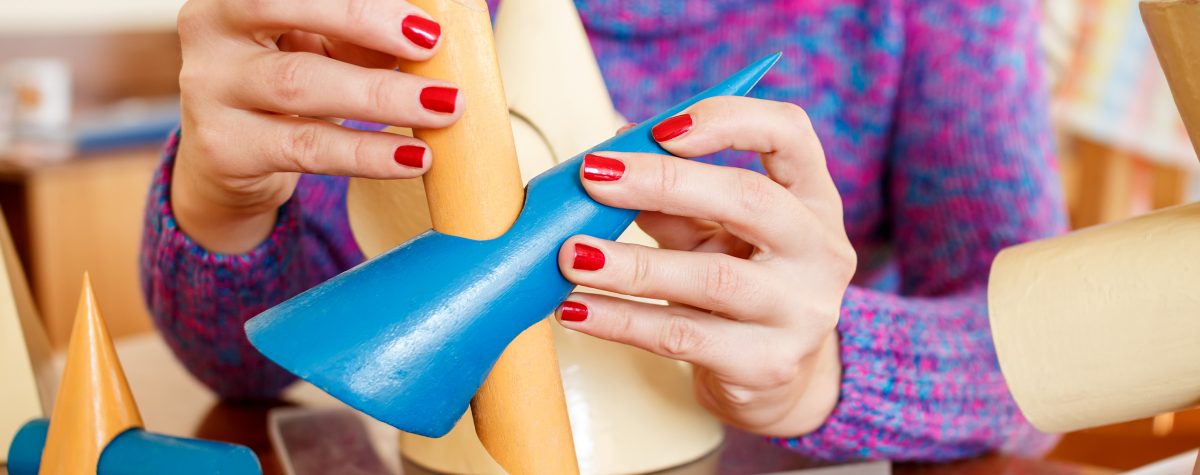Let’s face it. The most brilliant teachers are creative thinkers! But if you feel like this leaves you out of the running, we hope what’s coming next will encourage you––it turns out, brilliant teachers are not necessarily more creative than the average person. The skills they possess are available to everyone.
Remember Thomas Edison’s quote, “Genius is 1 percent inspiration and 99 percent perspiration”? If you are able to read and understand this article and have persistence, you are on your way to having the creative potential of Thomas Edison himself!
In this blog, we’ll review research conducted by Robert Sternberg, a psychologist and professor of human development at Cornell University, that outlines six distinct but interrelated skills and resources that creativity requires.
This research has added much to our understanding of the nature of creativity. According to Sternberg, creativity is a conscious choice —a matter of deliberately deciding to make better use of these six resources. He calls this the “Investment Theory of Creativity”. It seems we are really more in control of our creativity than we may have thought. We just have to make the investment. Here are the six skills Sternberg believes are required to develop creativity.
1. Resource: Intellectual Skills
Research: The specific intellectual skills Sternberg found that creative people need are:
- The skill to see challenges in new ways.
- The skill to recognize the ideas that are worth pursuing and those that are not.
- The skill to convincingly articulate the value of an idea.
Application: Practice meaningful class conversations.
- I agree/disagree with __ because . . .
- I’d like to go back to what __ said about . . .
- Couldn’t it also be that …
- Can you give me an example of that?
- So what you’re saying is…
2. Resource: Knowledge
Research: What and how much we know can help or hinder our creativity. We have to ask ourselves:
- Are we willing to move beyond what we know and learn more?
- Are we making use of past knowledge?
Application: Assign learning beyond the text—suggest books, people to interview, or virtual tours.
3. Resource: Styles of Thinking
Research: In essence, our preferred styles of thinking are the decisions we make about how to use the resources available to us. Sternberg considers the style of thinking important for creating a legislative style. He describes it as:
- A preference for thinking through things • A decision to look for new ways.
- A decision to look at the big picture.
- A decision to value creativity.
Application: Pose short challenges that encourage thinking outside the box.
You have just washed up on a deserted island, and these items (soap, dictionary, button) have also washed up. How could you use them to help you survive?
4. Resource: Environment
Research: Creative ideas grow in supportive and rewarding environments.
Application: Find amazingly easy classroom environments that build brilliance and creativity on our blog.
5. Resource: Motivation
Research: Sternberg found that we rarely do creative work in an area unless we really love what we are doing and focus on the work rather than on potential rewards.
Motivation is not always inherent in us, according to Sternberg. If we need to work in a certain area that does not particularly interest us, we decide to find a way to make it interesting.
Application: Vary the way you ask students to present reports to allow for their interests and creativity to shine through—examples include presenting reports in costume, creating original artwork, taping an interview of the “author,” writing an original poem, presenting a report using technology.
6. Resource: Personality
Research: Certain personality traits support creativity.
- A willingness to overcome obstacles.
- A willingness to take sensible risks. These attributes are not fixed—we can decide to overcome obstacles and take sensible risks.
Application: Quote creative thinkers—“If Plan A didn’t work, there are 25 more letters. Keep at it!”
The Holy Spirit: Sternberg’s Missing Resource
We believe Sternberg’s research is thorough and factual. However, at Abeka, we also believe he is missing a critical piece of the foundation of strength to grow in all things – the Holy Spirit.
Now unto Him that is able to do exceeding abundantly above all that we ask or think, according to the power that worketh in us. —Ephesians 3:20




Yolanda:
June 21, 2020I want to use abeka, and teach my kids to learn English and bible.
Reply to this Comment